Home>Storage & Organization>Kitchen Organizing Tools>What Do You Put In A Litter Box
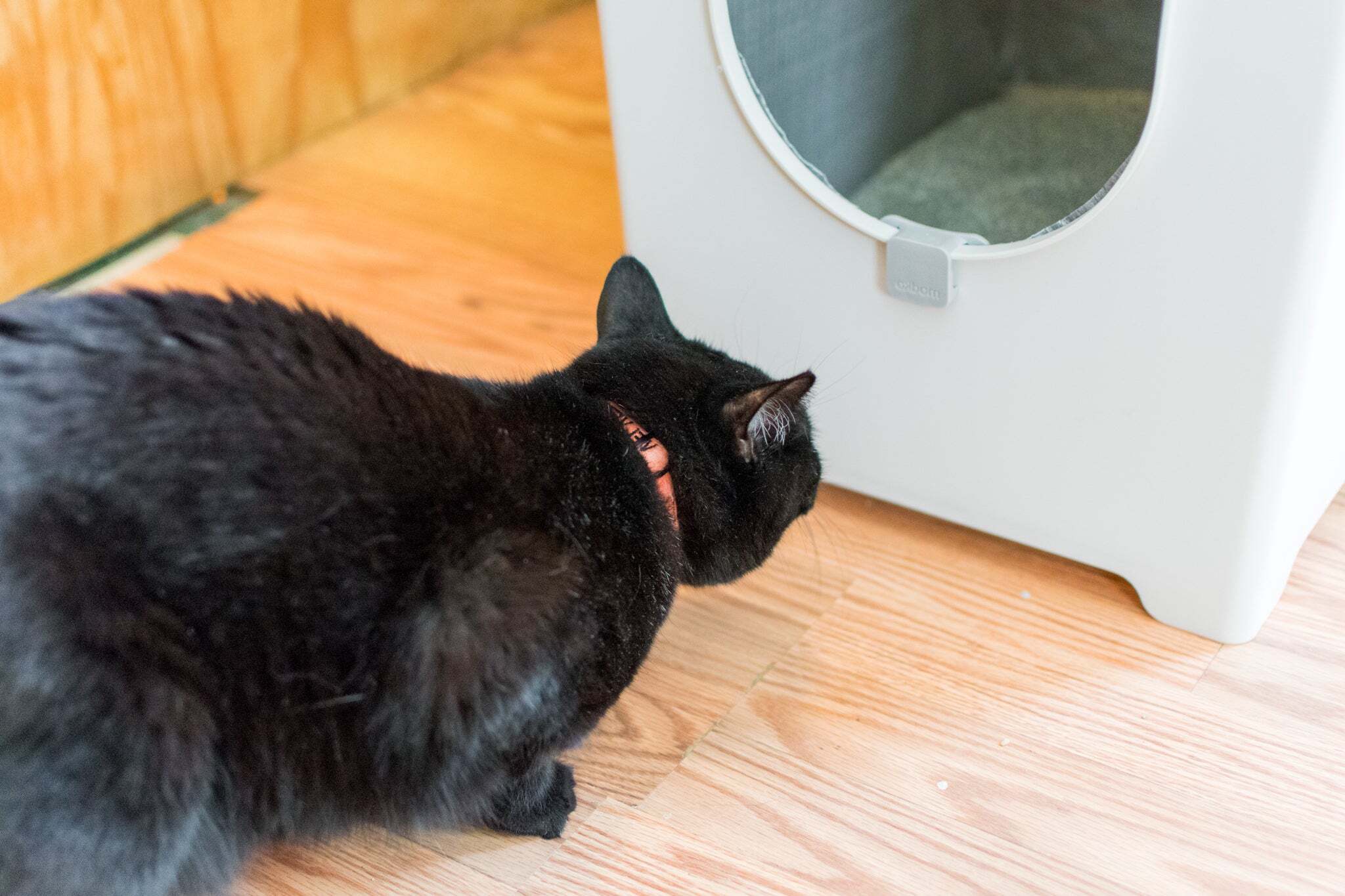

Kitchen Organizing Tools
What Do You Put In A Litter Box
Modified: March 2, 2024
Discover the best kitchen organizing tools for your home. Find out what to put in a litter box and keep your kitchen tidy and efficient. Explore our top recommendations today!
(Many of the links in this article redirect to a specific reviewed product. Your purchase of these products through affiliate links helps to generate commission for Storables.com, at no extra cost. Learn more)
Types of cat litter
When it comes to cat litter, there are various types available, each with its own unique features and benefits. Understanding the different options can help you choose the best litter for your feline friend. Here are some common types of cat litter to consider:
-
Clumping Litter: This type of litter forms solid clumps when it comes into contact with moisture, making it easier to scoop out waste and maintain cleanliness. Clumping litter is often made from materials such as clay, corn, or wheat, and it's a popular choice among cat owners for its convenience.
-
Non-Clumping Litter: Unlike clumping litter, non-clumping litter does not form solid clumps when wet. Instead, it absorbs moisture and odors, making it suitable for cats that are sensitive to the texture of clumping litter. Non-clumping litter is available in various materials, including silica gel, recycled paper, and wood pellets.
-
Silica Gel Crystals: This type of litter is made from silica gel, which has excellent moisture-absorbing properties. The crystals trap odors and moisture, keeping the litter box fresh for a longer period. Silica gel litter is lightweight and low-dust, making it a convenient option for both cats and their owners.
-
Natural and Biodegradable Litter: For environmentally conscious cat owners, natural and biodegradable litter options are gaining popularity. These litters are typically made from renewable materials such as pine, corn, or wheat, offering a sustainable and eco-friendly alternative to traditional clay-based litters.
-
Scented Litter: Scented litter is infused with fragrances to mask odors and keep the litter box smelling fresh. While some cats and owners appreciate the pleasant scent, others may be sensitive to the added fragrance. It's essential to consider your cat's preferences and sensitivities when choosing scented litter.
-
Pellet Litter: Made from compressed wood or paper, pellet litter provides excellent absorption and odor control. The pellets are larger in size and less likely to track outside the litter box, making them a practical choice for households with multiple cats or high-traffic areas.
-
Flushable Litter: Designed to be safe for flushing down the toilet, flushable litter offers convenience and easy disposal. However, it's crucial to ensure that the litter is compatible with your plumbing system and meets environmental regulations in your area.
When selecting the right cat litter, consider your cat's preferences, any sensitivities or allergies, as well as your own lifestyle and environmental concerns. Experimenting with different types of litter can help you determine the most suitable option for your feline companion, promoting a clean and comfortable litter box experience for both you and your cat.
Key Takeaways:
- Choose the right litter for your cat by considering their preferences, odor control, environmental impact, practicality, and conducting trial runs. This ensures a harmonious coexistence and a clean litter box environment.
- Keep the litter box odor-free by selecting high-quality litter, establishing a regular scooping routine, ensuring adequate ventilation, using baking soda, performing regular litter replacements, and considering air purification.
Read more: Where Do You Put A Cat Litter Box
How to choose the right litter for your cat
Selecting the right cat litter is a crucial decision for both you and your feline companion. With a myriad of options available, it's essential to consider several factors to ensure that the chosen litter meets your cat's needs and your preferences. Here's a comprehensive guide to help you make an informed decision:
Consider Your Cat's Preferences
Understanding your cat's preferences is the first step in choosing the right litter. Some cats have specific texture or scent preferences, so observing your cat's behavior in the litter box can provide valuable insights. For instance, if your cat shows aversion to a certain type of litter, such as clumping or scented varieties, it may be beneficial to explore alternative options that align with your cat's comfort.
Evaluate Odor Control and Dust Levels
Odor control and dust levels are significant considerations when selecting cat litter. Clumping litters are renowned for their superior odor-trapping capabilities, while non-clumping and natural litters offer low-dust alternatives. Assessing your cat's sensitivity to dust and your tolerance for litter box odors can guide you in choosing a suitable option that promotes a hygienic and pleasant environment.
Factor in Environmental and Health Considerations
For environmentally conscious cat owners, opting for natural and biodegradable litters can align with sustainability goals while minimizing the ecological impact. Additionally, if your cat has respiratory sensitivities, selecting low-dust or fragrance-free litters can contribute to a healthier and more comfortable litter box experience.
Read more: What To Put In A Rabbit Litter Box
Assess Practicality and Convenience
The practical aspects of cat litter, such as ease of cleaning, tracking tendencies, and disposal methods, play a pivotal role in the decision-making process. Pellet litters are known for their minimal tracking, while flushable litters offer convenient disposal options. Considering your lifestyle and the maintenance demands of different litter types can help streamline the selection process.
Trial and Observation
Experimenting with small quantities of various litter types allows you to observe your cat's response and assess the overall performance of each option. Cats may display preferences for specific textures or exhibit behavioral changes based on the litter used. This trial-and-observation approach empowers you to make informed decisions based on your cat's comfort and your satisfaction with the litter's performance.
By considering your cat's preferences, odor control, environmental impact, practicality, and conducting trial runs, you can navigate the diverse array of cat litters with confidence. Ultimately, the right litter choice contributes to a harmonious coexistence between you and your cat, fostering a clean, comfortable, and inviting litter box environment.
Litter box size and placement
The size and placement of your cat's litter box play a pivotal role in ensuring your feline companion's comfort and promoting consistent litter box usage. Understanding the significance of appropriate litter box dimensions and strategic placement can contribute to a harmonious coexistence between you and your cat. Here's a detailed exploration of the essential considerations for litter box size and placement:
Litter Box Size
The size of the litter box directly impacts your cat's comfort and freedom of movement while using the facility. A general guideline for selecting an ideal litter box size is to choose one that is at least 1.5 times the length of your cat, allowing ample space for your cat to maneuver comfortably. Additionally, considering the potential growth of your cat, especially if it's a kitten, opting for a larger litter box can accommodate their future size and prevent the need for frequent replacements.
Furthermore, if you have multiple cats, providing each cat with their own litter box is essential to prevent territorial disputes and promote individualized bathroom experiences. Each litter box should adhere to the recommended size guidelines to ensure that all cats have sufficient space to eliminate comfortably.
Read more: How Much Litter To Put In A Litter Box
Litter Box Placement
Strategic placement of the litter box contributes to your cat's accessibility and privacy while using the facility. Selecting a quiet and low-traffic area for the litter box can instill a sense of security in your cat, encouraging regular and stress-free litter box visits. Additionally, placing the litter box away from loud appliances, such as washing machines or dryers, can minimize potential disturbances and create a serene environment for your cat's bathroom activities.
Moreover, maintaining multiple litter boxes in different areas of your home can offer convenience and accessibility for your cats, especially in multi-level households. Ensuring that the litter boxes are easily accessible and strategically positioned can prevent instances of your cat seeking alternative elimination spots due to inconvenience or inaccessibility.
Consideration for Covered Litter Boxes
While covered litter boxes may offer privacy and contain litter scatter, it's crucial to assess your cat's comfort and preferences. Some cats may feel confined or uneasy in covered litter boxes, leading to aversion or reluctance to use the facility. Observing your cat's response to a covered litter box and providing an uncovered alternative if needed can ensure that your cat's comfort is prioritized.
By meticulously considering the size and placement of your cat's litter box, you can create an inviting and functional bathroom environment that aligns with your cat's needs and behavioral patterns. This thoughtful approach fosters a positive litter box experience for your cat while facilitating seamless maintenance and cleanliness, ultimately contributing to a harmonious and stress-free cohabitation between you and your feline companion.
Cleaning and maintaining the litter box
Maintaining a clean and hygienic litter box is essential for promoting your cat's well-being and ensuring a pleasant living environment for both you and your feline companion. Regular cleaning and maintenance routines not only contribute to odor control but also minimize the risk of bacterial growth and potential health concerns. Here's a comprehensive guide to effectively clean and maintain your cat's litter box:
Daily Scooping
Consistent daily scooping is the cornerstone of litter box maintenance. Removing solid waste and clumped litter not only prevents odor buildup but also encourages your cat to continue using the litter box. Invest in a sturdy litter scoop designed to sift through the litter and efficiently remove waste, ensuring that the remaining litter remains clean and functional.
Read more: What To Put Under A Cat Litter Box
Complete Litter Replacement
On a regular basis, typically every two to four weeks, perform a complete litter replacement. Empty the entire contents of the litter box, thoroughly clean the box with mild soap and water, and refill it with fresh litter. This comprehensive cleaning routine helps eliminate residual odors and maintains a hygienic environment for your cat's bathroom activities.
Odor Control Products
Consider incorporating odor control products, such as baking soda or specialized litter box deodorizers, to mitigate lingering odors and maintain a fresh-smelling litter box. These products can be sprinkled at the bottom of the clean litter box before adding fresh litter, effectively neutralizing odors and extending the cleanliness of the litter.
Litter Box Liners
Using disposable litter box liners can streamline the cleaning process and simplify litter replacement. Liners prevent litter from sticking to the bottom of the box, making it easier to empty and clean the litter box during complete replacements. Additionally, liners minimize the risk of bacterial buildup and facilitate a more efficient maintenance routine.
Regular Box Sanitization
Periodically sanitize the litter box to eliminate bacteria and maintain a hygienic environment for your cat. Use a pet-safe disinfectant or a solution of diluted white vinegar to thoroughly clean the litter box, ensuring that all traces of waste and odors are effectively removed. Rinse the box thoroughly and allow it to dry completely before refilling it with fresh litter.
By adhering to a consistent cleaning and maintenance schedule, you can uphold a pristine and inviting litter box environment for your cat. This proactive approach not only promotes your cat's health and well-being but also fosters a harmonious coexistence between you and your feline companion, ensuring a clean and comfortable space for their essential bathroom activities.
Read more: What To Put In A Guinea Pig Litter Box
Tips for keeping the litter box odor-free
Maintaining a fresh and odor-free litter box is essential for creating a hygienic and inviting environment for your cat. Implementing effective strategies to control and eliminate odors can significantly enhance the litter box experience for both you and your feline companion. Here are valuable tips to keep the litter box odor-free:
High-Quality Litter Selection
Choosing a high-quality, odor-absorbing litter is fundamental in combating unpleasant odors emanating from the litter box. Opt for litters specifically formulated for superior odor control, such as those containing activated charcoal or natural odor-neutralizing ingredients. These advanced formulations effectively trap and neutralize odors, contributing to a fresher and more pleasant litter box environment.
Regular Scooping Routine
Establishing a consistent scooping routine is crucial for preventing odor buildup in the litter box. Aim to scoop the litter box at least once or twice daily, removing solid waste and clumps to minimize odor diffusion. By promptly removing waste, you can effectively manage odors and maintain a clean and hygienic litter box for your cat.
Adequate Ventilation
Ensuring proper ventilation in the area where the litter box is placed can help disperse odors and prevent them from becoming concentrated. Consider positioning the litter box in a well-ventilated space with sufficient airflow to minimize the accumulation of odors. Adequate ventilation contributes to a fresher environment and reduces the intensity of litter box odors.
Read more: How Do You Clean A Cat Litter Box
Baking Soda Application
Sprinkling a thin layer of baking soda at the bottom of the clean litter box before adding fresh litter can serve as a natural and cost-effective odor-neutralizing solution. Baking soda effectively absorbs and neutralizes odors, extending the freshness of the litter and mitigating unpleasant smells. This simple yet effective method can significantly contribute to odor control in the litter box.
Regular Litter Replacement
Performing regular complete litter replacements, in addition to daily scooping, is essential for combating persistent odors. Emptying the entire contents of the litter box, thoroughly cleaning the box, and refilling it with fresh litter helps eliminate lingering odors and maintains a clean and odor-free environment for your cat's bathroom activities.
Strategic Air Purification
Consider utilizing air purifiers or strategically placing odor-neutralizing products near the litter box to enhance air quality and minimize lingering odors. Air purifiers equipped with activated carbon filters can effectively capture and neutralize odors, contributing to a fresher and more pleasant atmosphere around the litter box area.
By incorporating these proactive strategies into your litter box maintenance routine, you can effectively combat odors and create a clean and inviting space for your cat's essential bathroom activities. Consistent implementation of these tips ensures a hygienic and odor-free litter box environment, promoting your cat's well-being and fostering a harmonious coexistence between you and your feline companion.
Frequently Asked Questions about What Do You Put In A Litter Box
Was this page helpful?
At Storables.com, we guarantee accurate and reliable information. Our content, validated by Expert Board Contributors, is crafted following stringent Editorial Policies. We're committed to providing you with well-researched, expert-backed insights for all your informational needs.
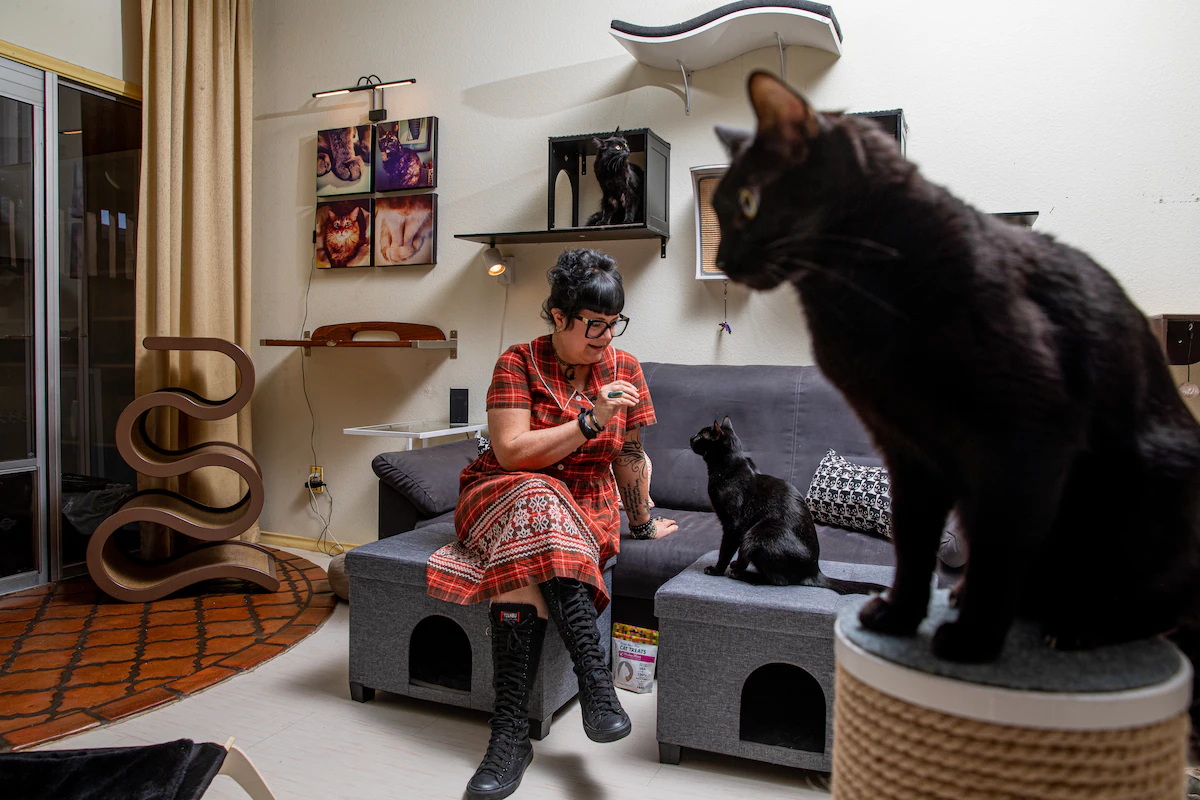
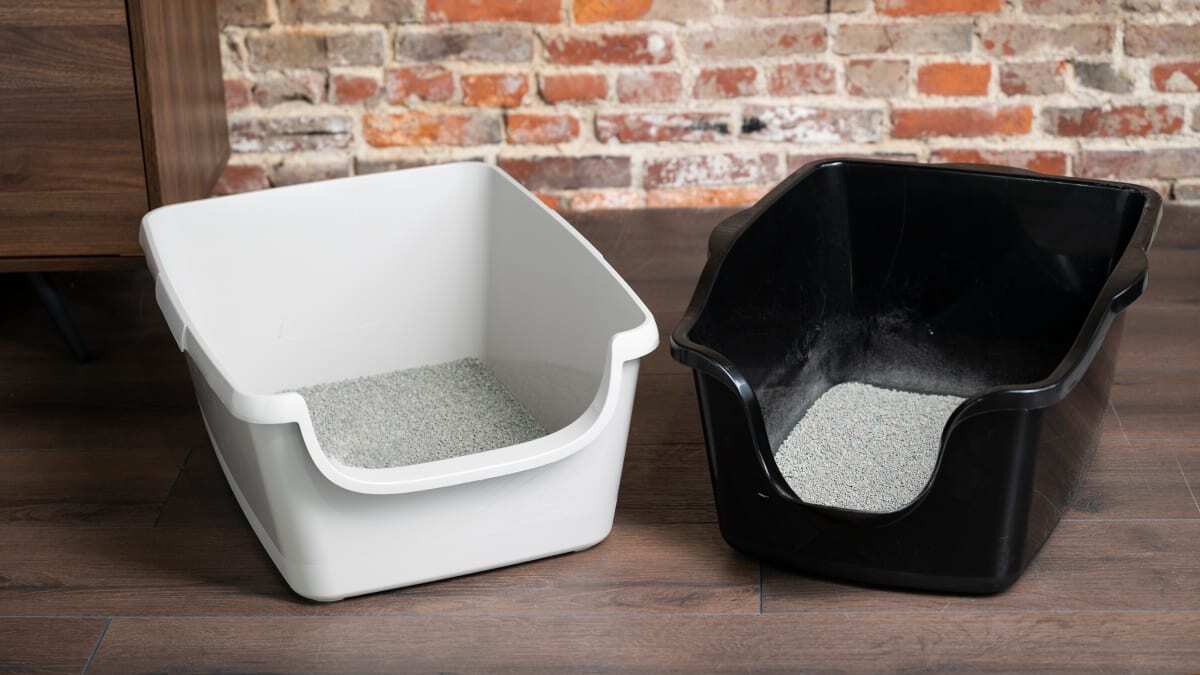
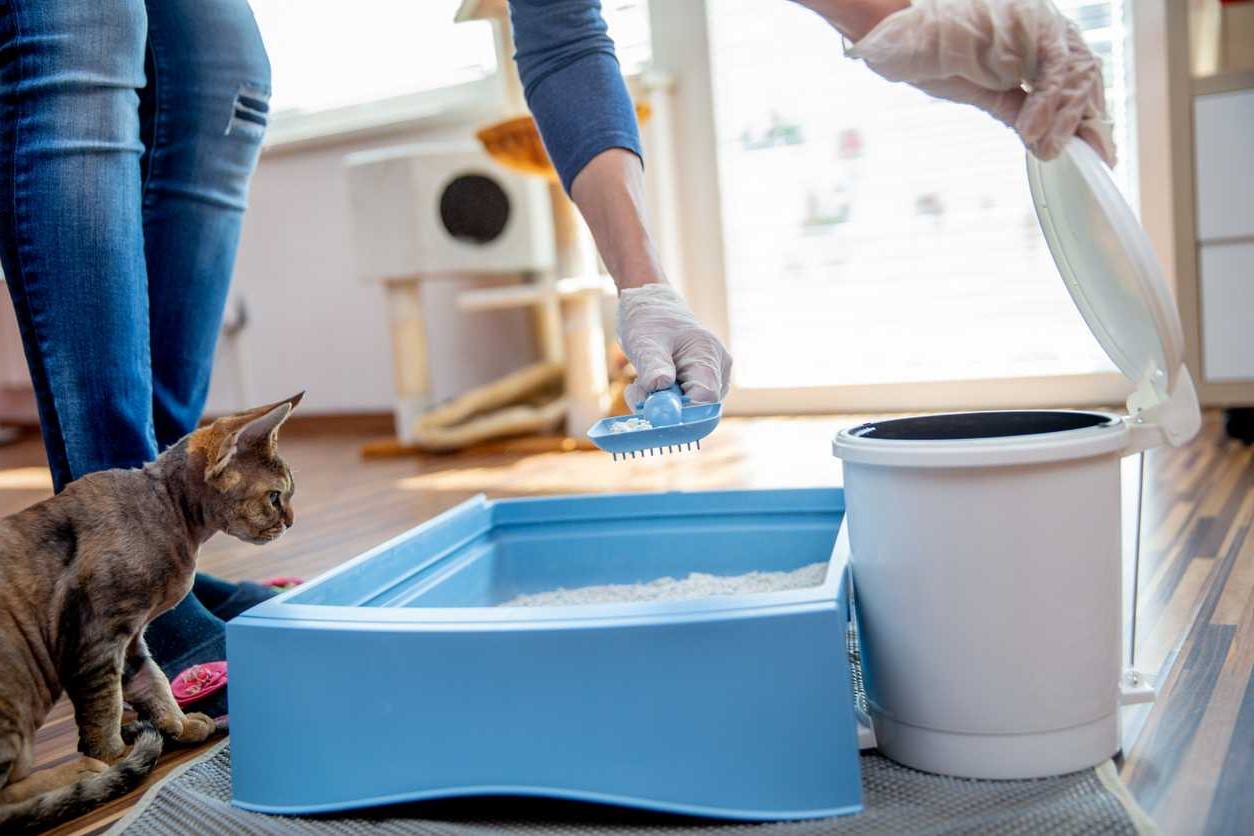
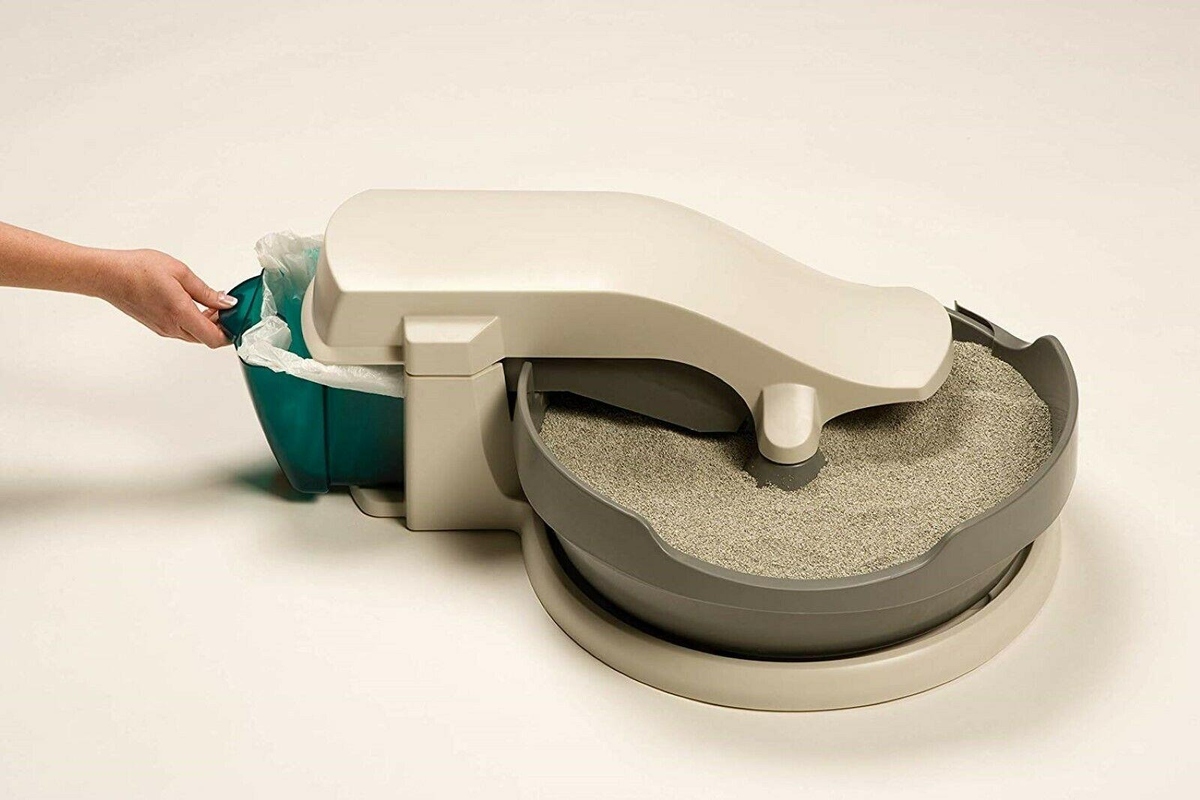
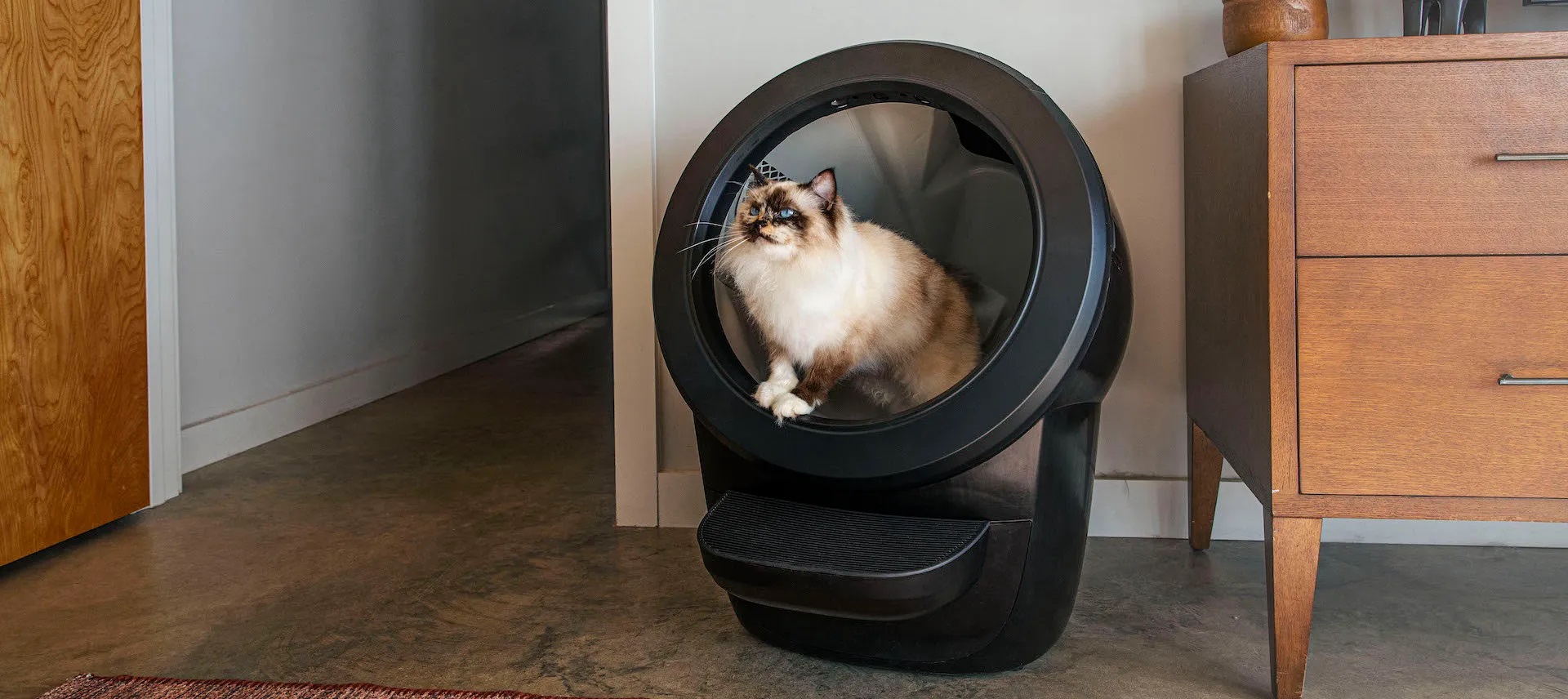
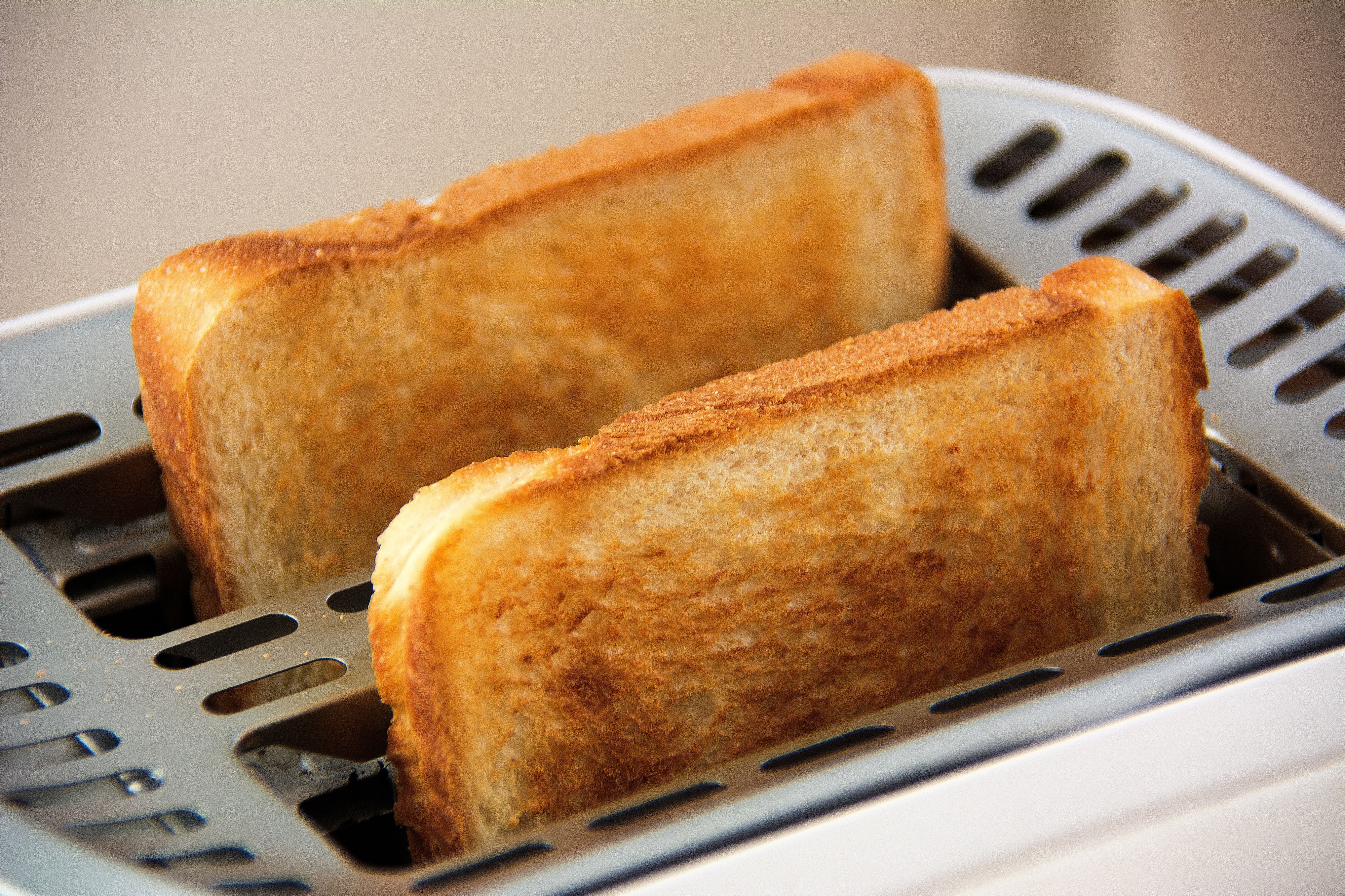
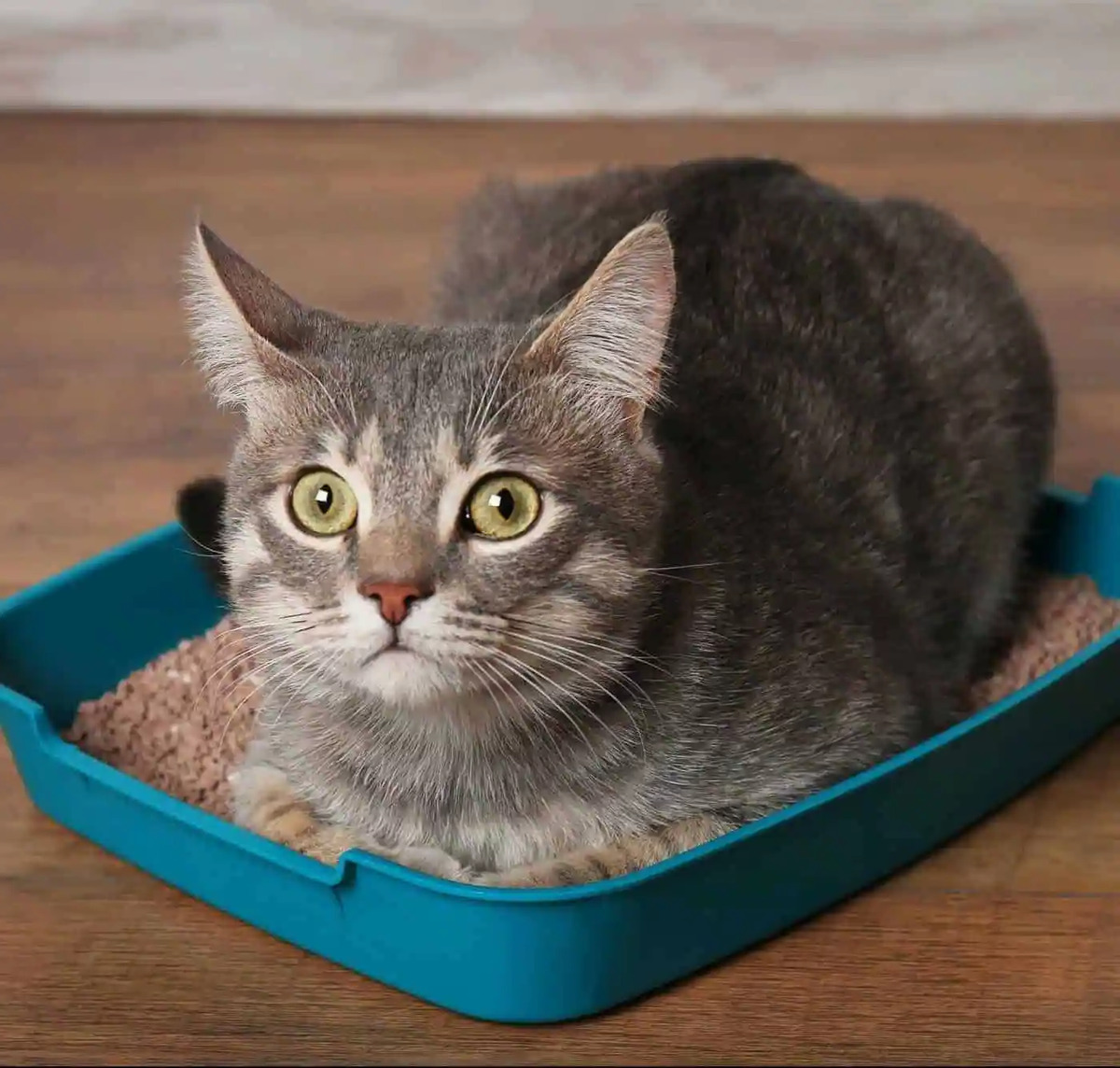
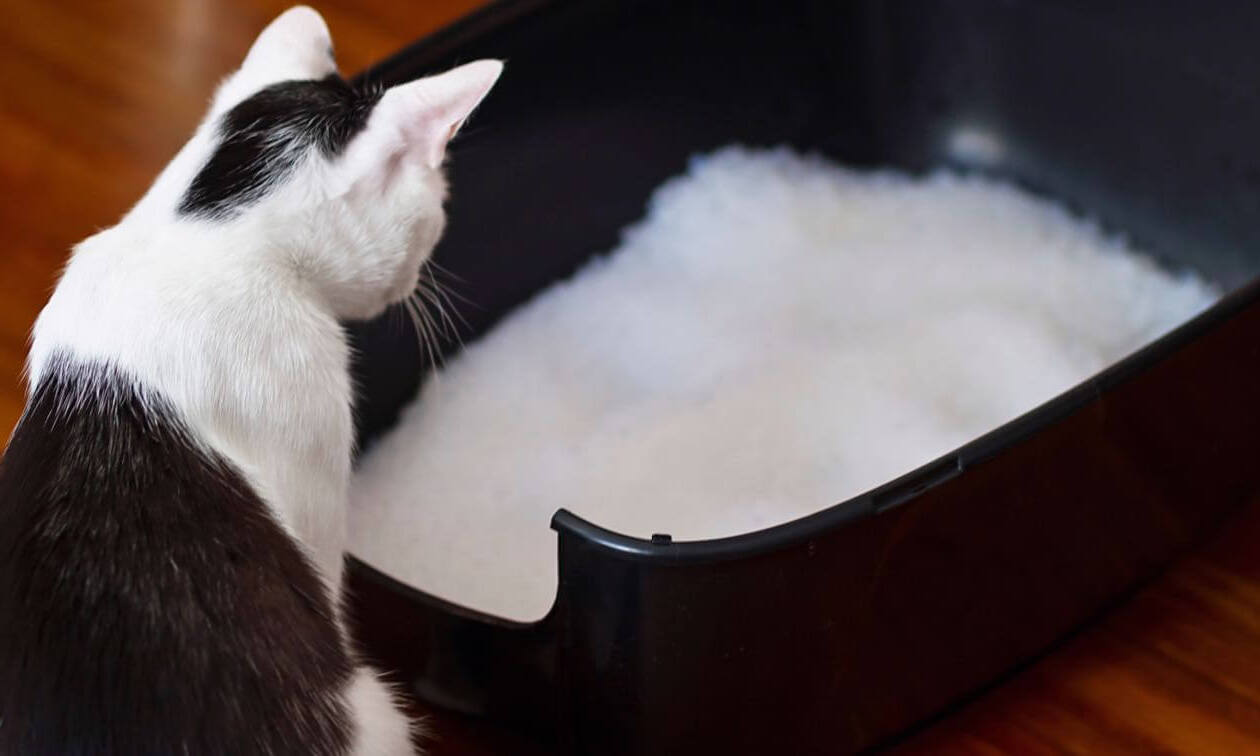
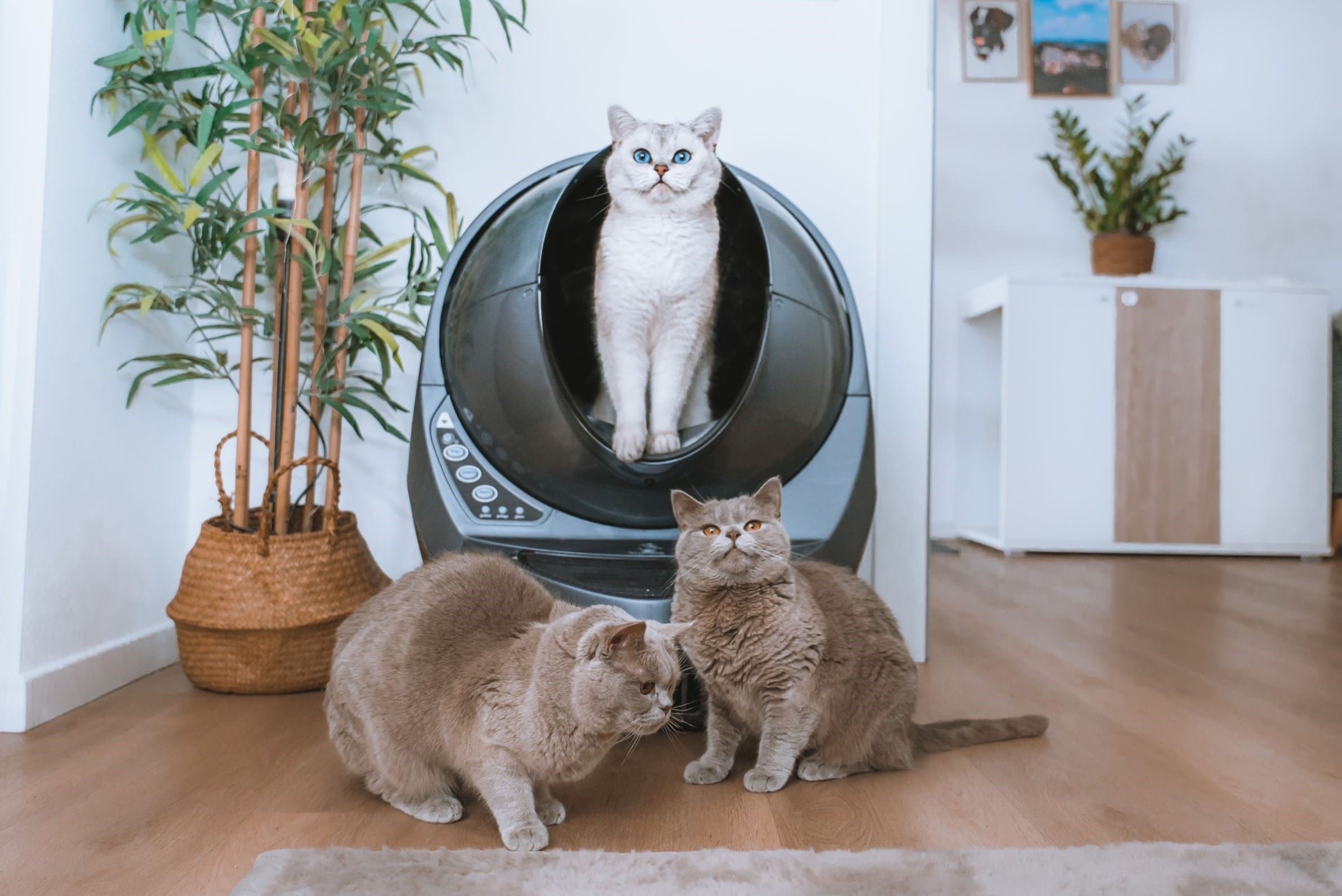
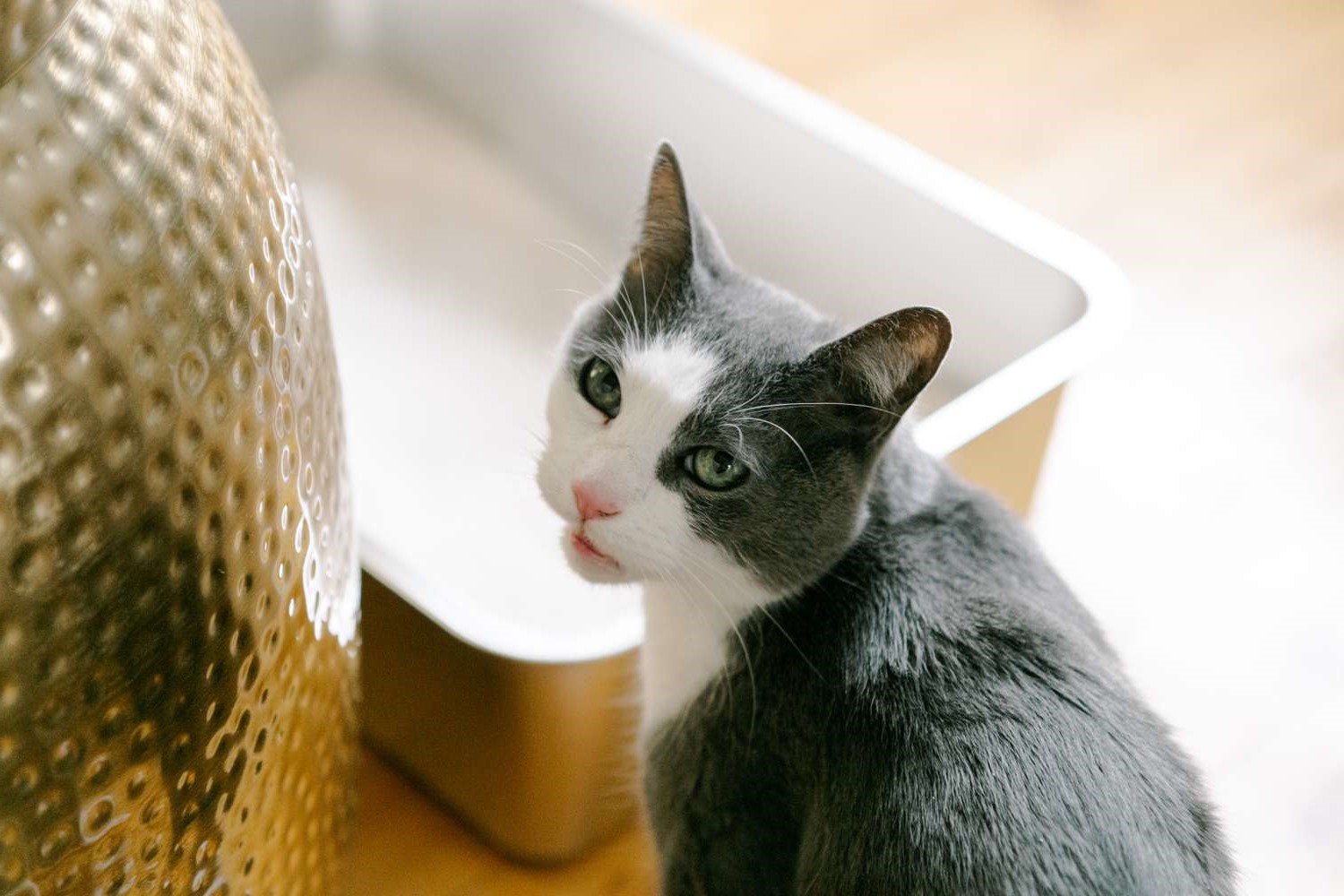

0 thoughts on “What Do You Put In A Litter Box”